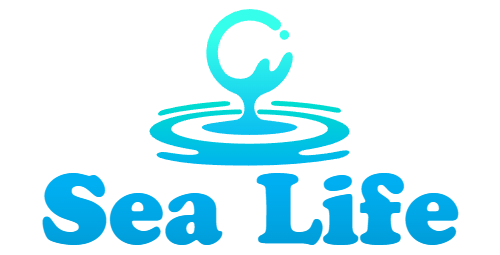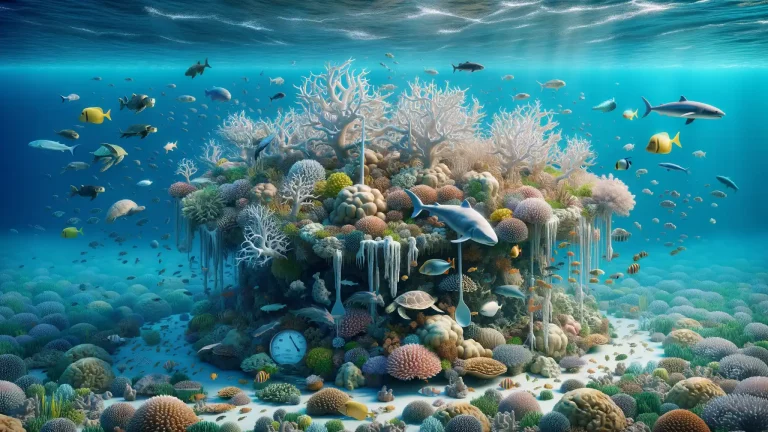Understanding the Impact of Climate Change on Oceans
Our Oceans: A Silent Witness to Climate Change
Picture this: the ocean, a vast and vibrant blue expanse, has been Earth’s heartbeat for millennia. But today, it’s like watching a close friend struggle. The effects of climate change are rippling through every wave, every coral reef, every tiny plankton drifting in its currents.
The changes are not invisible either. Coastal communities see it in the erosion swallowing their shorelines. Fishermen feel it in dwindling catches and unfamiliar species in their nets. Even on your plate, you might notice it—where did all the wild salmon go? These signs, subtle and yet so loud, whisper the story of an ocean under strain.
Key Changes Shaping Ocean Life
Oceans are warming and battling the relentless absorption of fossil fuel emissions. Here’s how:
- Disrupted food chains: As tiny organisms like zooplankton struggle with rising temperatures, predators up the chain—from small fish to whales—are left scrambling.
- Loss of biodiversity: Coral reefs, which host nearly 25% of marine species, are dying at an alarming rate due to bleaching caused by heat stress.
The ocean doesn’t just provide beauty; it sustains life. And now, it’s asking for our attention—loudly, urgently.
Rising Ocean Temperatures and Marine Life
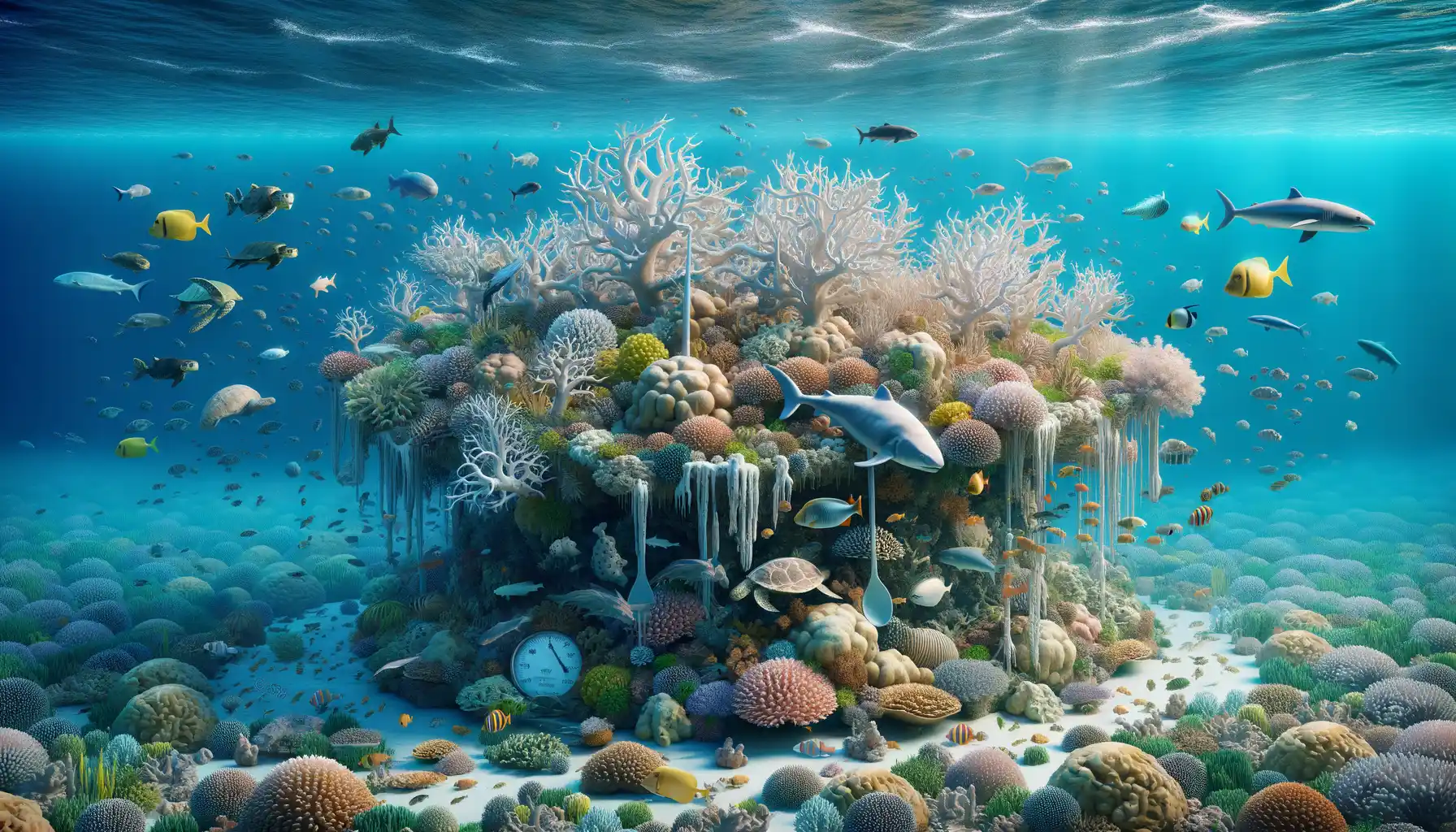
What Warmer Waters Mean for Ocean Dwellers
Picture this: the ocean, that vast blue cradle of life, has become a restless furnace. Thanks to climate change, our seas are heating up, and marine life is feeling the burn. Rising ocean temperatures aren’t just numbers on a thermometer—these changes ripple through ecosystems like a stone tossed into a still pond.
For species like coral, it’s a dire wake-up call. Corals, often called the “rainforests of the sea,” are bleaching under the stress, losing the vibrant colors that once teemed with life. This isn’t just an aesthetic loss—when corals die, entire marine neighborhoods collapse. Imagine bustling underwater cities transforming into hollow, lifeless skeletons.
Other species aren’t faring much better. Think of fish like cod or tuna—they’re not just food; they’re keystones of fragile food webs. But with warmer waters, some are forced to migrate hundreds of miles from their traditional habitats. Picture this chain reaction: predators lose their prey, fisheries suffer, and coastal communities feel the economic pinch.
- Sea turtles find themselves in a bind too: warmer sands that incubate their eggs are skewing sex ratios, producing more females than males.
- Jellyfish, on the other hand, are thriving—leading to overpopulation that disrupts balance.
The ocean isn’t just heating up—it’s rewriting its script, and we’re all part of the unfolding story.
Ocean Acidification and Its Effects on Ecosystems
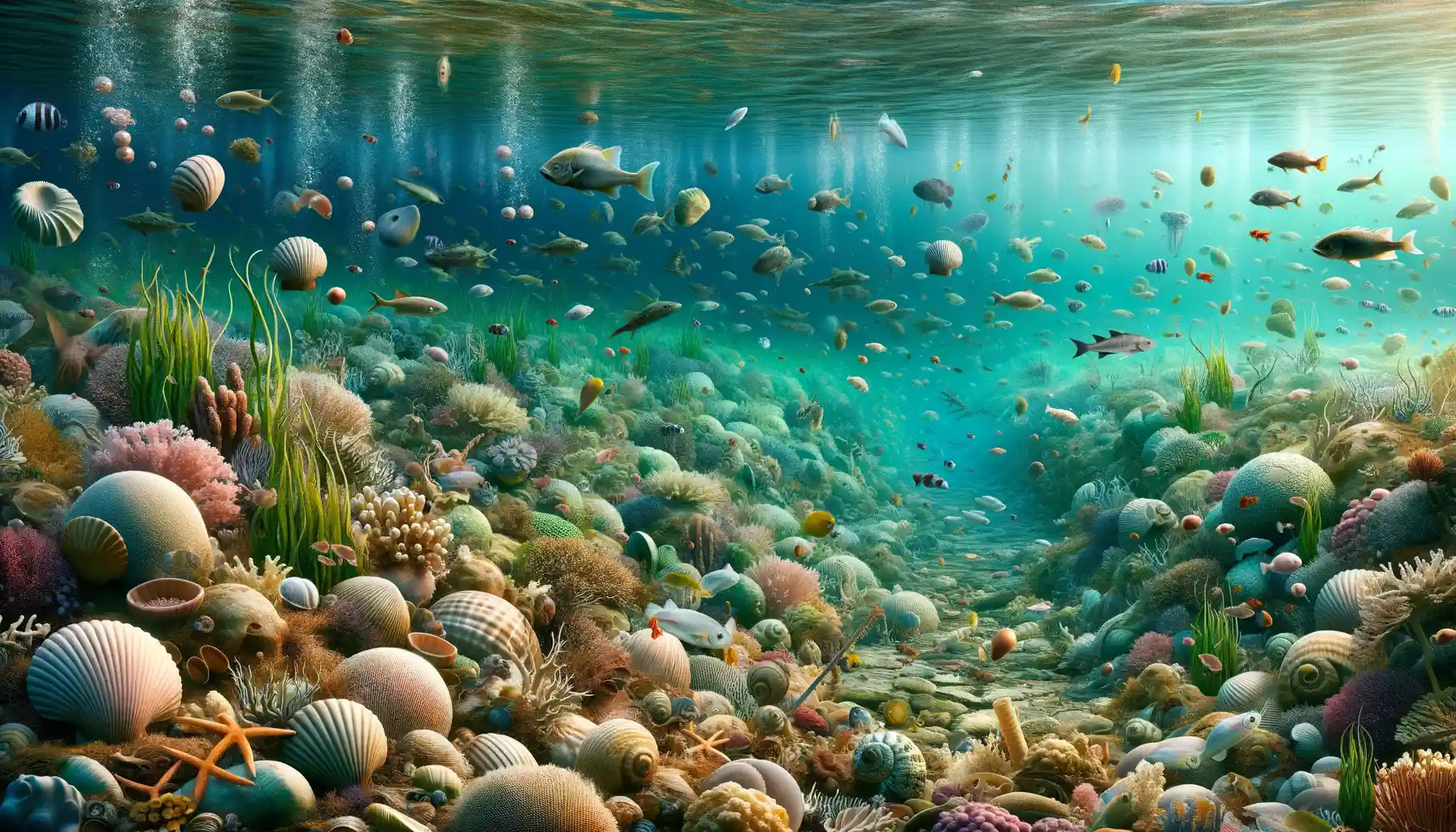
The Chemistry of Troubled Waters
Imagine the ocean as a giant sponge, silently absorbing carbon dioxide from the air. Sounds harmless, right? But here’s the twist: the more CO2 it soaks up, the more its chemistry starts to resemble a science experiment gone wrong. This process, known as ocean acidification, is changing the oceans at their very core—literally. The water becomes more acidic, and with it, marine life faces a growing storm.
Picture this: a fragile coral reef, once bustling with vibrant fish and intricate corals, now struggling to survive because acidic waters slowly dissolve the building blocks of its skeleton. Shellfish, like oysters and clams, grow thinner shells—or none at all. Without their protective armor, they’re left vulnerable.
- Plankton, the tiny heroes at the base of the food chain, are also under attack. Acidic waters make it harder for some species to thrive, rippling up to affect everything from small fish to whales.
- Entire ecosystems like kelp forests and seagrass meadows may collapse, unraveling intricate food webs built over millennia.
Why It Feels Personal
If you’ve ever marveled at an ocean sunset or felt the salty breeze lift your spirits, this matters. Acidification isn’t just a far-off crisis; it’s a threat to the beauty and balance of places we hold dear. That dream vacation to snorkel among brilliant corals? It could be a memory before long. And for people who depend on the ocean for food, jobs, or culture, this isn’t abstract—it’s their daily reality.
The Role of Melting Ice Caps in Changing Ocean Patterns
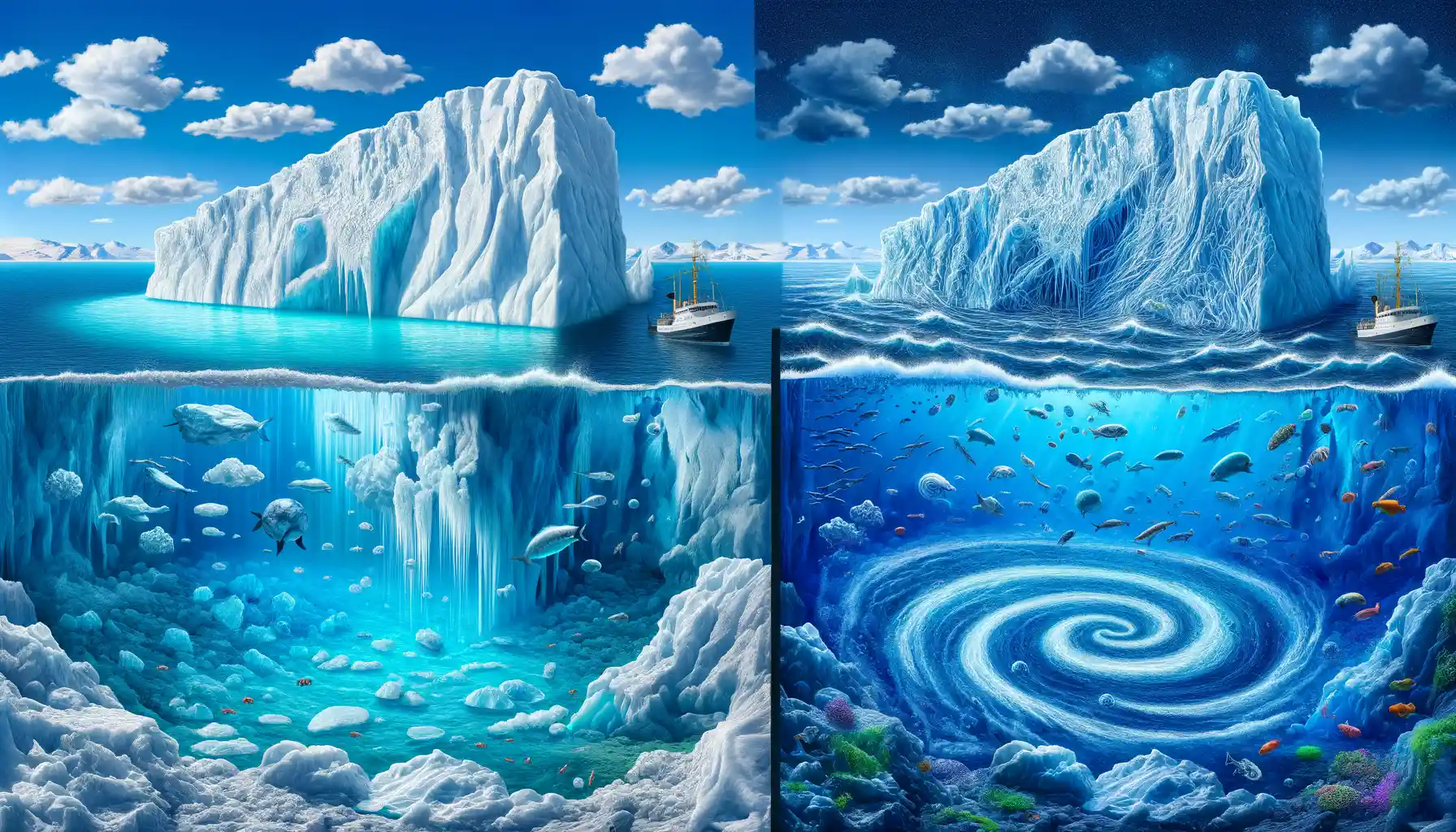
The Domino Effect of Melting Ice
Picture the Arctic and Antarctic ice caps as Earth’s natural thermostats. Now, imagine those thermostats slowly breaking down. As ice melts at unprecedented rates due to rising global temperatures, it’s not just sea level that’s affected. The meltwater is pouring into oceans, disrupting what scientists call the thermohaline circulation—essentially the grand conveyor belt of ocean currents that regulates the planet’s climate.
Why does this matter? Because these currents don’t just shuffle water—they transport heat, nutrients, and even oxygen around the globe. When massive amounts of cold freshwater from melting ice enter the mix, it’s like someone suddenly slamming on the brakes of an intricate machine. Ocean patterns shift unpredictably, with far-reaching consequences.
- The Gulf Stream, which warms Europe, could weaken or collapse.
- Marine life might find itself stranded, its usual migration routes disrupted.
- Coastal ecosystems could erode, leaving communities vulnerable.
The melting ice caps are, in essence, a silent disrupter. They seem far away, but their cascading effects ripple out—touching everyone, everywhere. Whether you live by the shore or far inland, the pulse of the oceans shapes the rhythm of life on Earth.
Strategies to Mitigate Climate Change’s Effects on Oceans
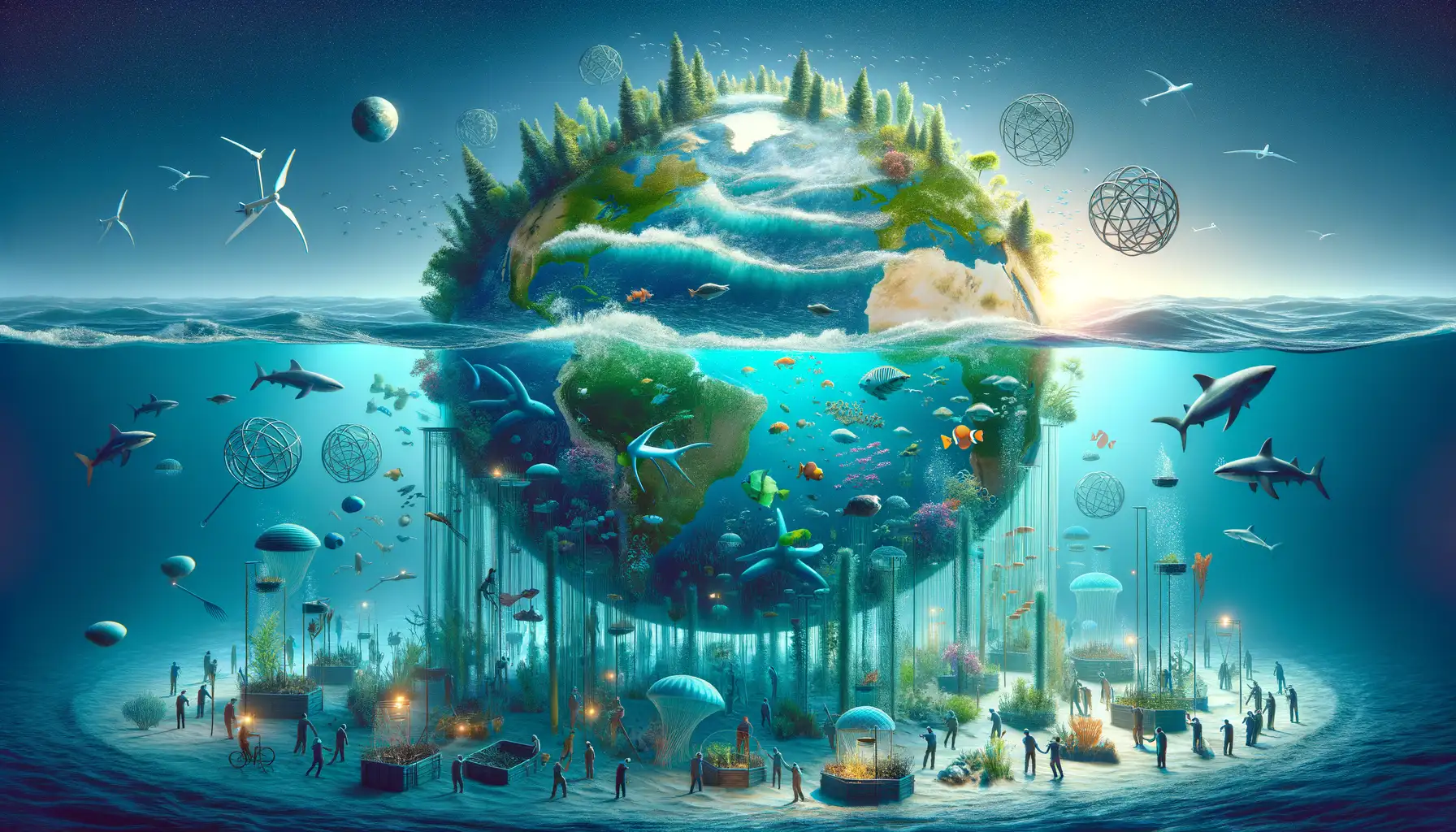
Empowering Ocean Conservation Through Collective Action
If we want to safeguard our blue planet, we’ve got to act as if the oceans are our lifeblood—because they are. One of the most impactful ways to mitigate climate change’s grip on the seas is by rallying our communities, governments, and industries around bold, actionable solutions. Picture this: coastal cities swapping polluting energy systems for offshore wind farms. It’s happening, and it’s not just about curbing emissions—it’s about rewriting the future.
Here are some ways we can all pitch in:
- Marine Protected Areas (MPAs): Expanding these underwater national parks gives marine ecosystems a safe haven to recover and thrive.
- Sustainable Seafood Choices: Supporting fisheries that protect biodiversity directly helps balance ocean ecosystems.
Sequestering Carbon in the Depths of the Sea
The oceans already absorb over 25% of global CO2 emissions, but we can boost their ability to store carbon naturally. By restoring seagrass meadows and mangrove forests—sometimes called the “rainforests of the sea”—we supercharge their capacity to pull carbon from the atmosphere. Just imagine every blade of seagrass as a silent warrior in the climate crisis battle!
